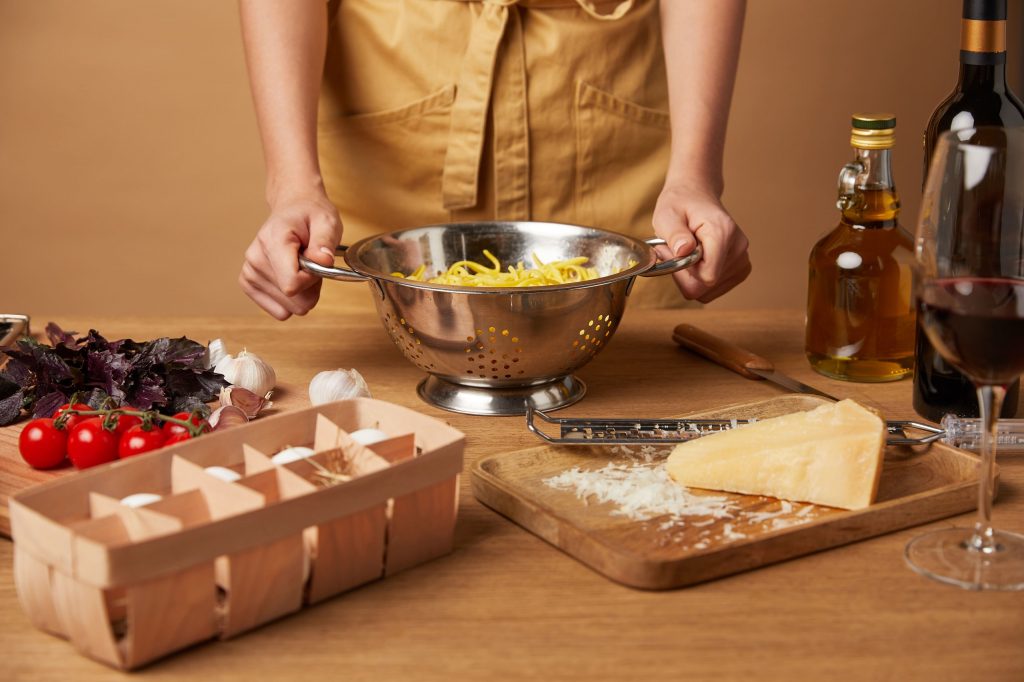When people think of Italian food, they often imagine heaping plates of spaghetti, slices of pizza, or rich lasagna layered with cheese. But to truly understand Italian cooking, you need to go deeper — into the kitchens of nonnas, the early-morning markets, the vineyards tucked into quiet hills, and the unspoken rituals of gathering around the table.
Italian cuisine isn’t just about ingredients or technique. It’s a way of life — one built on family, time, and care. It’s about knowing that a tomato tastes different depending on where it’s grown, and that making pasta by hand is not only about food, but about tradition passed down through generations.
Simplicity Is Everything
One of the most surprising things for beginners is how few ingredients many Italian recipes use. A classic spaghetti aglio e olio has just four: garlic, olive oil, chili flakes, and pasta. But what makes it unforgettable is the balance. That balance is the result of understanding how flavors interact — a knowledge developed not through complex theory, but through watching, tasting, and learning over time.
The best Italian dishes don’t try to impress. They let the ingredients speak for themselves. A perfect tomato, fresh basil, and a drizzle of extra virgin olive oil can be as memorable as a five-course meal.
The Regional Heartbeat
Italy isn’t one cuisine — it’s dozens. From the rich, butter-based dishes of the north to the olive oil and seafood of the south, each region has its own voice. In Emilia-Romagna, you’ll find hand-rolled tagliatelle and deeply flavored ragù. In Sicily, citrus, almonds, and eggplants dominate the table. And in Naples? Pizza, of course — with rules so sacred they’re protected by law.
Learning Italian cooking means discovering these regional stories. Each dish is a reflection of landscape, climate, and culture. That’s why at Italian Cooking Basics, we explore the diversity of these regions — not just the recipes, but the histories and traditions behind them.
It’s a Table, Not a Trend
Today’s world moves fast. Fast food. Fast delivery. Fast scrolling. Italian cooking is the opposite — it slows you down. It encourages you to taste, to talk, to take your time. That’s why meals in Italy often stretch across hours. It’s not just about the food, but the connection it brings.
When you learn to cook Italian, you’re also learning how to host. How to gather people. How to listen and laugh while stirring risotto. How to turn a Tuesday evening into a celebration.
Cooking as Memory
Ask any Italian about their favorite dish, and they won’t just give you a name. They’ll tell you a story — about their grandmother’s kitchen, or the first time they tried wild mushrooms in the woods. Food becomes memory. Memory becomes identity.
That’s the heart of Italian Cooking Basics. We don’t just want to teach you recipes — we want to help you build memories, confidence, and joy in the kitchen.
So next time you cook pasta, remember: you’re not just making dinner. You’re keeping a tradition alive.

